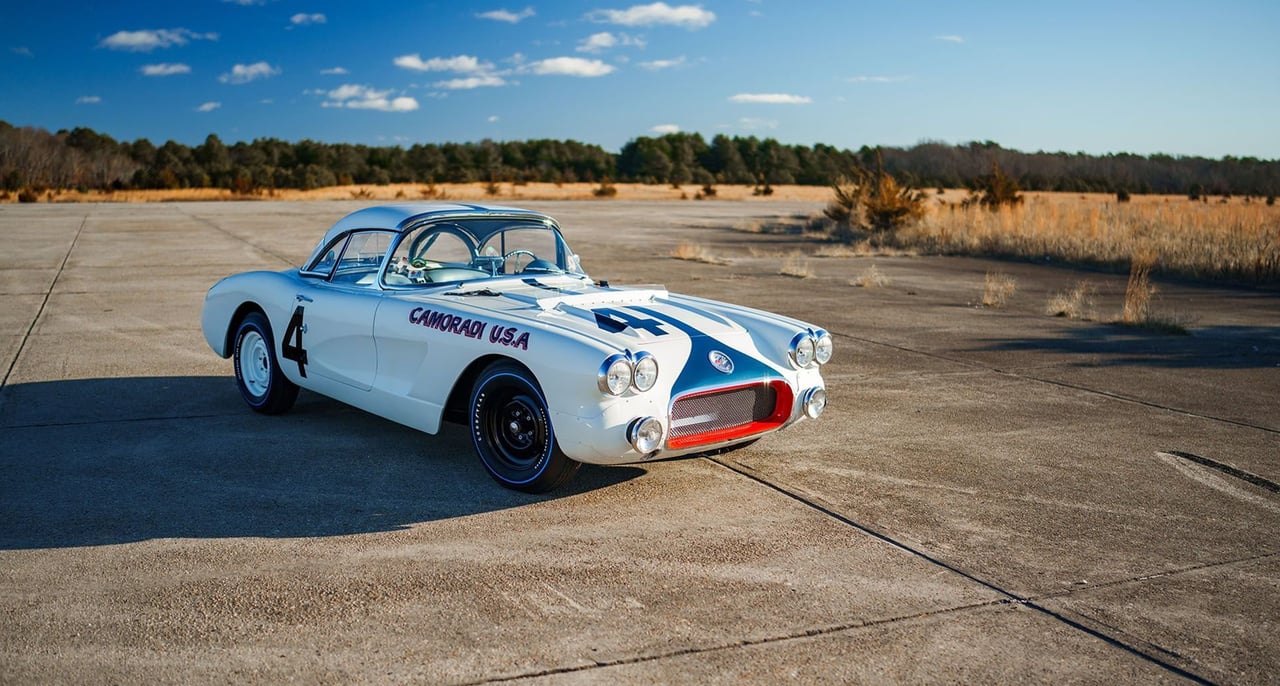
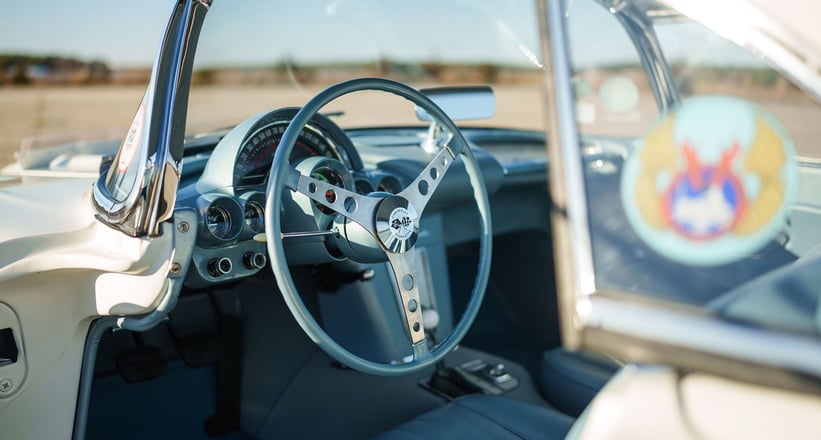

In the 1960s, American racing machines were known for two things: powerful V8s and hefty curb weights. When put up against the lightweight, agile racers from Europe, not many people would bet on the USA’s corner, but racing hall-of-famer Lucky Casner saw potential. His dream was to take on the giants of the international racing scene, using American drivers in American machinery. In just one year, his team, Casner Motor Racing Division, better known as Camoradi U.S.A., became an international powerhouse that included names like Gurney, Shelby, McAfee, Gregory, Ward, and Rathmann.



However, while they were comfortable fielding racers from Maserati and Porsche, sourcing rapid American metal was a greater challenge, especially with the auto industry ban on factory supported racing efforts at the time. Nevertheless, Camoradi secured two “competition optioned” 1960 "Fuelie" Chevrolet Corvettes with the help of GM's Ed Cole and "Father of the Corvette” Zora Arkus-Duntov, one of which was the car you see here, chassis 102272.
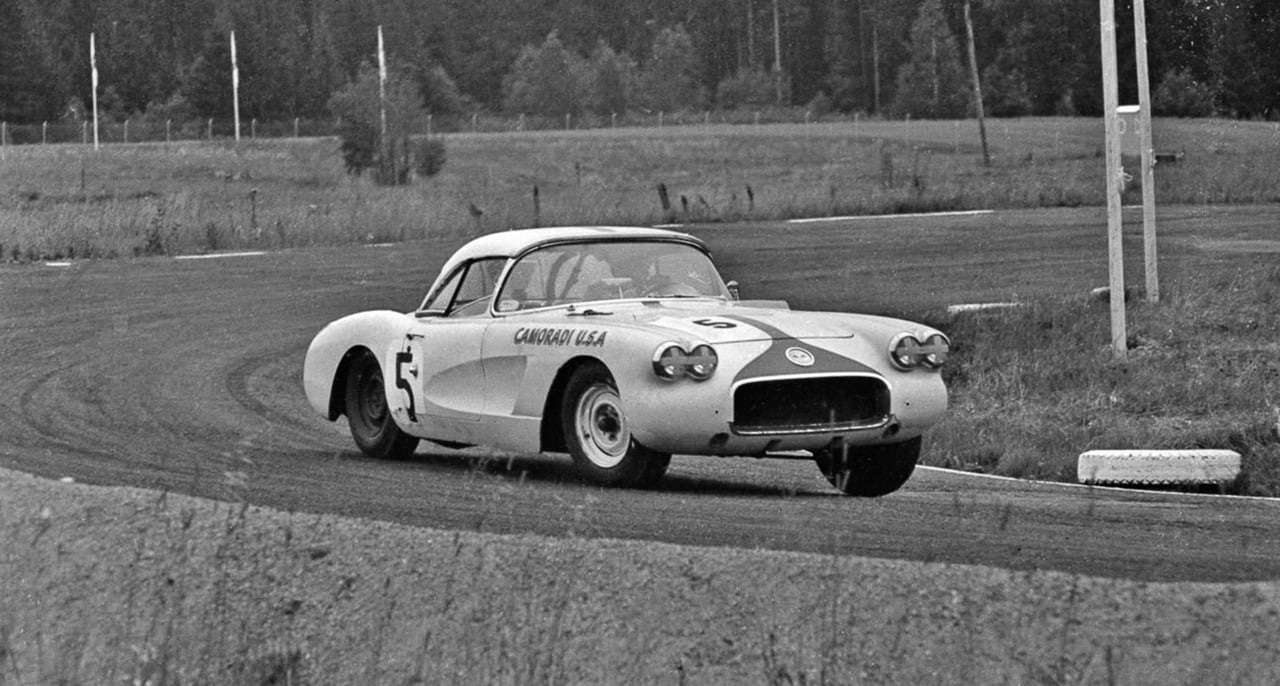
The team’s first major event — the Gran Premio Libertad in Havana, Cuba — saw this Corvette dominate at the hands of Jim Jeffords, who secured an overall victory in the Grand Premio de la Habana and then later a GT Class victory in the Grand Premio de la Cuba finale. However, this was just the start, because this car would go on to place second in class and 10th overall on distance at the 1960 Le Mans 24 Hours, followed by a second-place finish in the GT 5.0 class at the Sebring 12 Hours. Unfortunately, shortly after competing in the Swedish GP in Karlskoga, this Corvette left the road in the town of Ljungby and overturned, damaging its fibreglass bodywork. Driver Bob Wallace was luckily unharmed, but with no time for repairs, chassis 102272 was abandoned in the spot it came to rest.



Fast forward to 1995, and Corvette aficionado Loren Lundberg — who had been tasked with finding chassis 102272 back in 1991 — finally tracked down the historic race car and promptly shipped it back to his home in sunny Glendale, Arizona. Lundberg even went so far as to ascertain the whereabouts of the original engine, which he learned had been repurposed as the heart of a Maserati 250 F, before making its way to the bottom of the Tasman Sea near New Zealand after the speedboat it was powering sank.

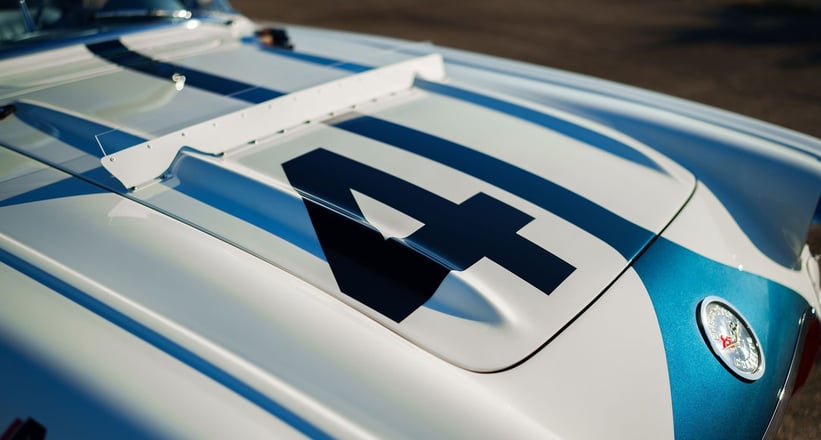
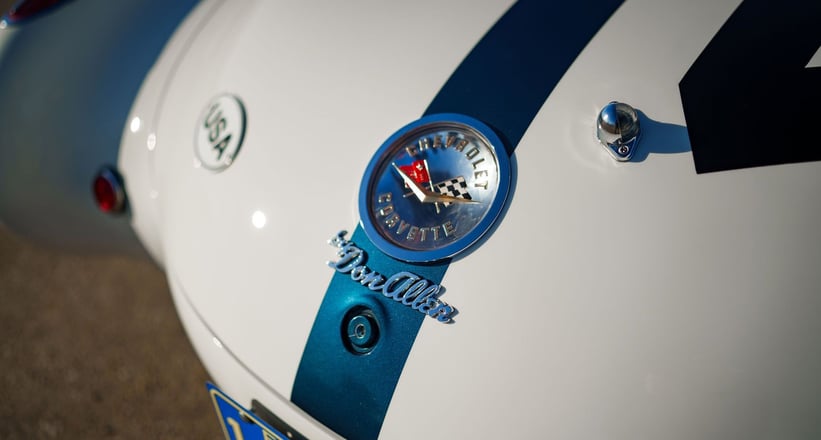
After entering new ownership in 2021, chassis 102272 was treated to a painstaking restoration by JTM Motorsports. In 2024, its fascinating history and meticulous restoration were recognised when it began raking in the trophies, including The Grand Sport Trophy at The Amelia, the highly competitive Audrain Sporting Choice award, and the American Heritage Award as part of NCRS' Special Collection Display. Now it’s heading to Broad Arrow Group’s Amelia Island auction on March 7th, where it’s expected to fetch between 1,000,000 and 1,300,000 dollars, a worthy sum for such a fascinating piece of American motorsport history.



















